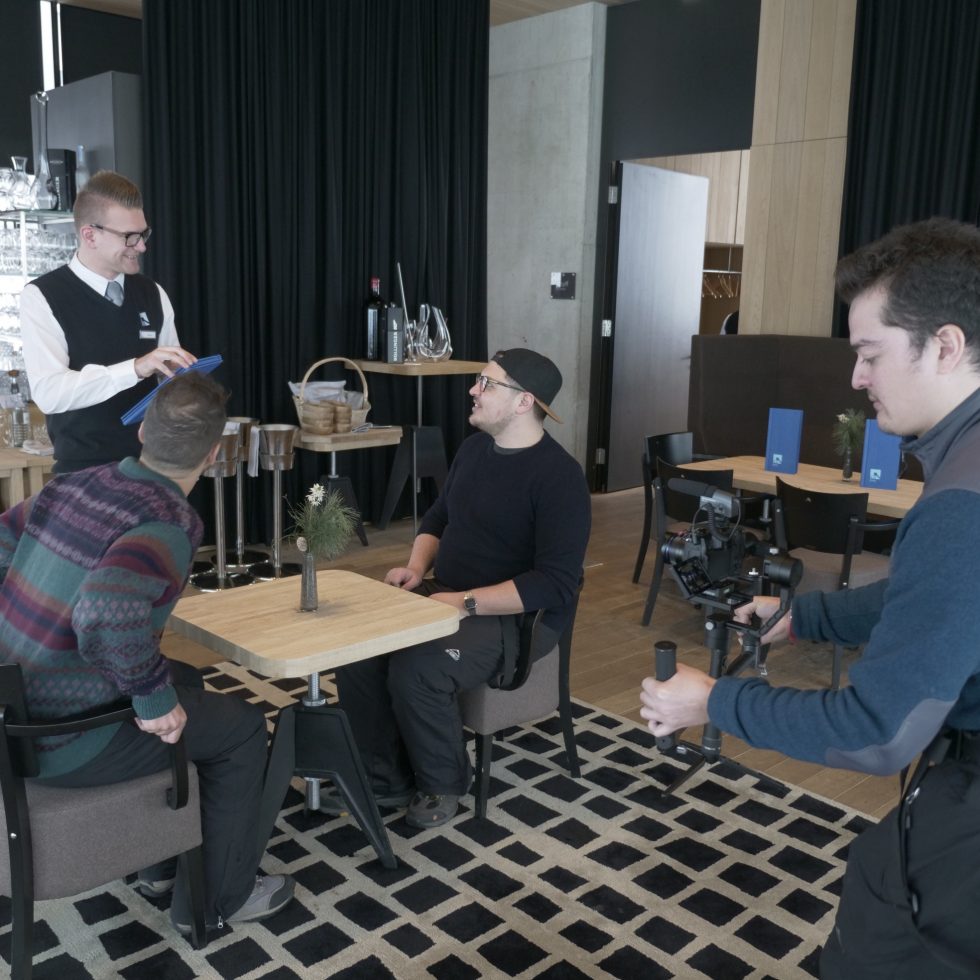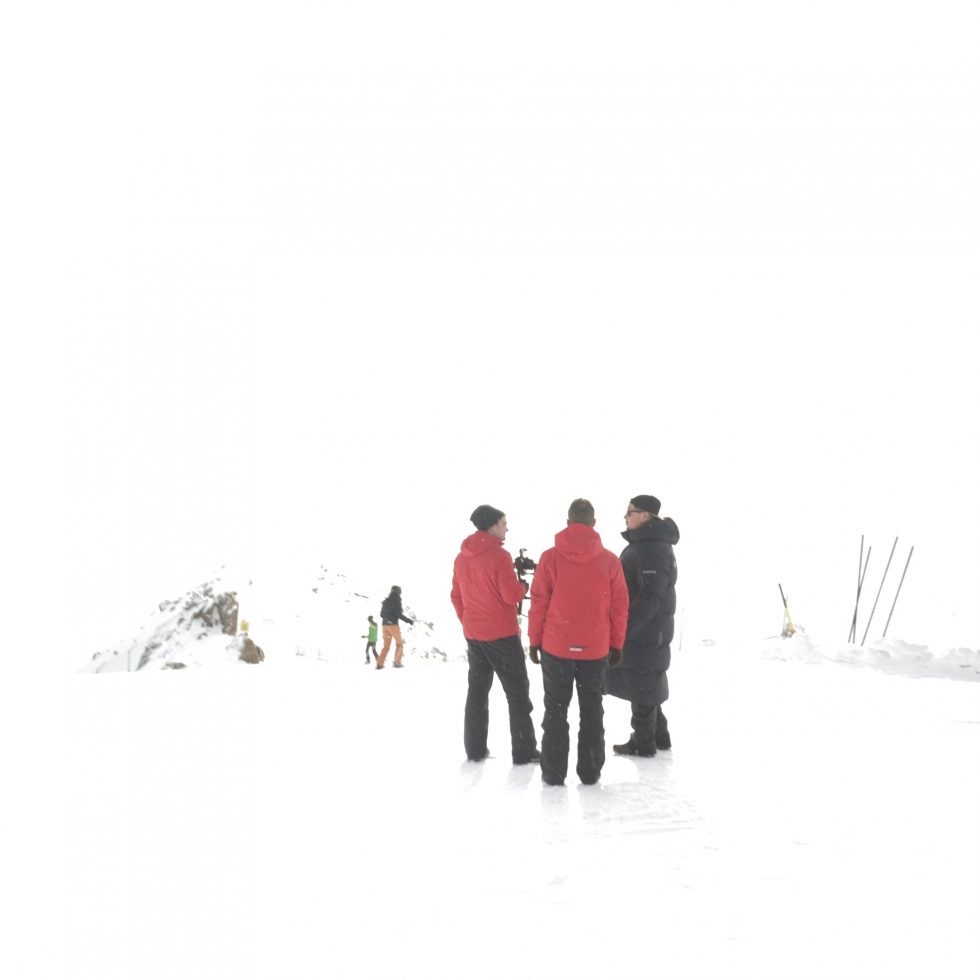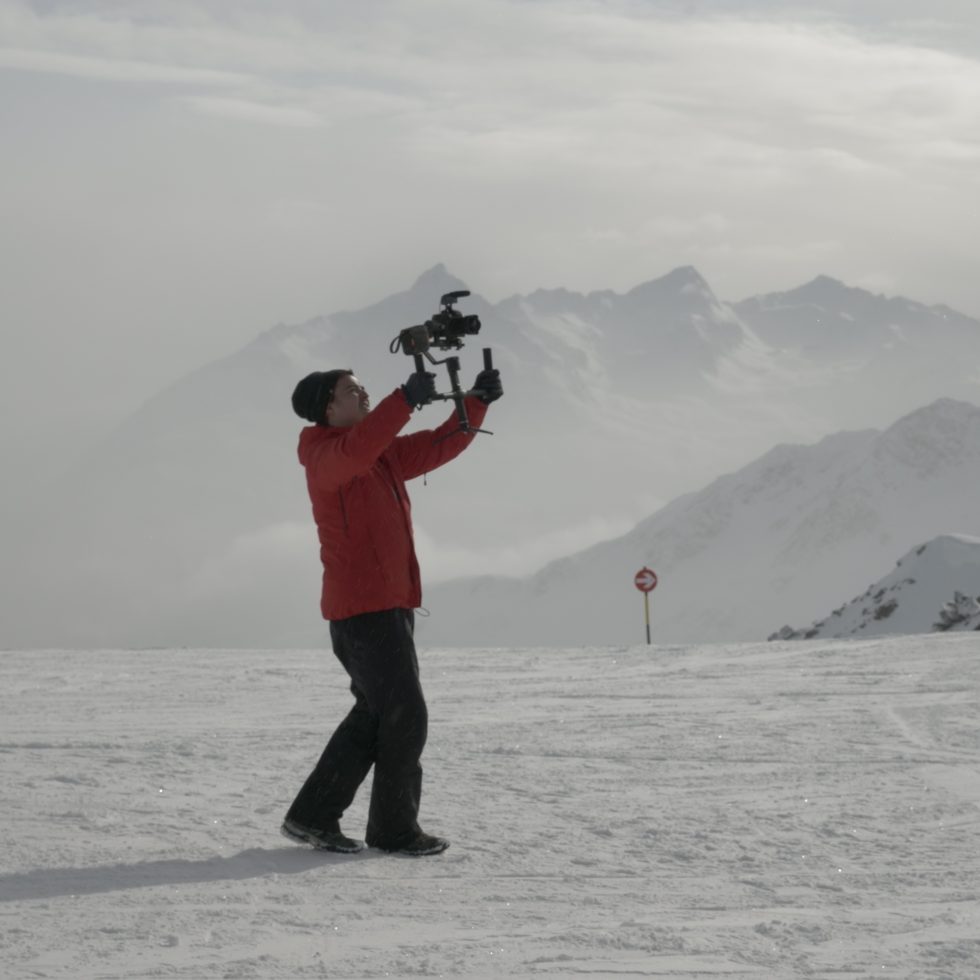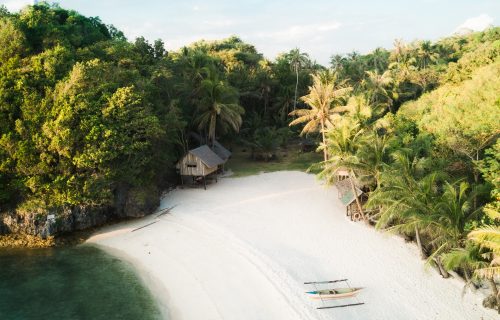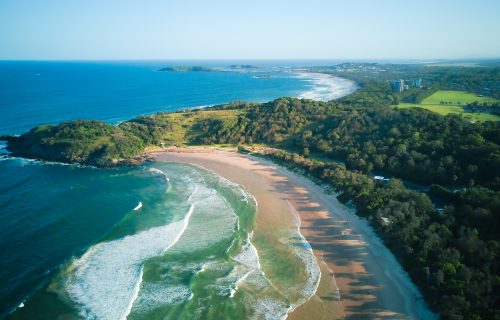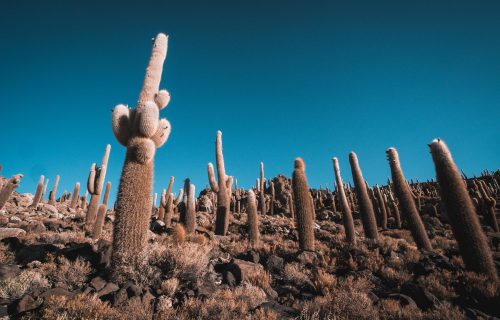How to Shoot Video in Snow
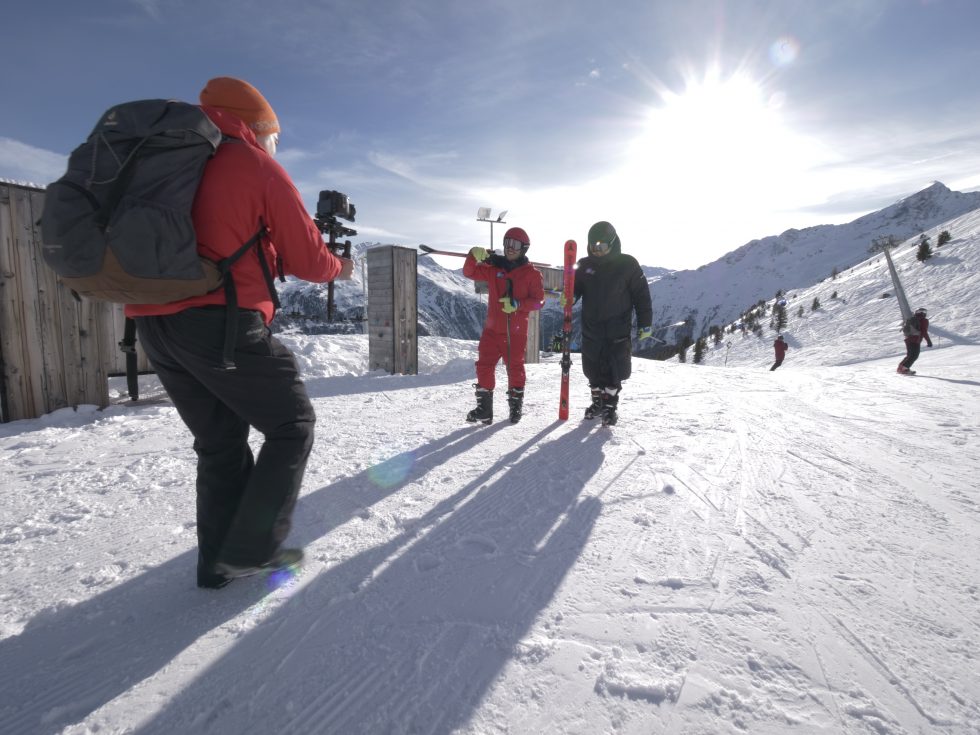
Bring good ND Filters
As everything will be super bright, and the snow reflects the sun lights in all directions, you will want to get some good ND Filters. For my run & gun shoot, I used a good variable ND filter from Rodenstock to compensate for the high exposure. With the variable one, you can quickly dial in the number of stops you want to darken your footage. If you stop it down too much, the quality will suffer. To get the best quality ND filter, i suggest getting a fixed one with 0.3 or even 0.6 for snow so you can shoot in a wide open aperture. The downside is, that you can’t change the number of stops you’ve darkened the image. you’ll have to change exposure with the camera settings: aperture, shutter speed or ISO.
Here are some high quality ND filters:
I also suggest you get an ND filter with the diameter of your largest lens. You can then use step up rings on your smaller lenses to fit your ND filter. Also, larger filter have a better handling and don’t wear out as quickly.
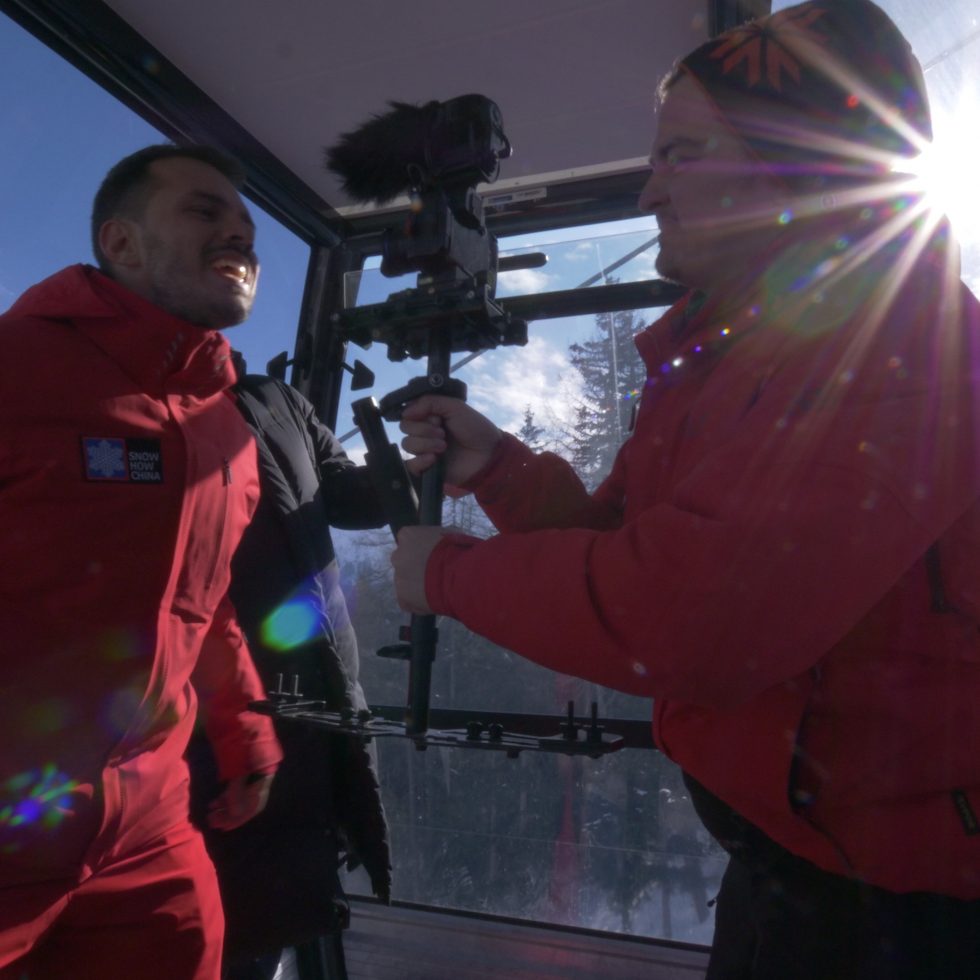
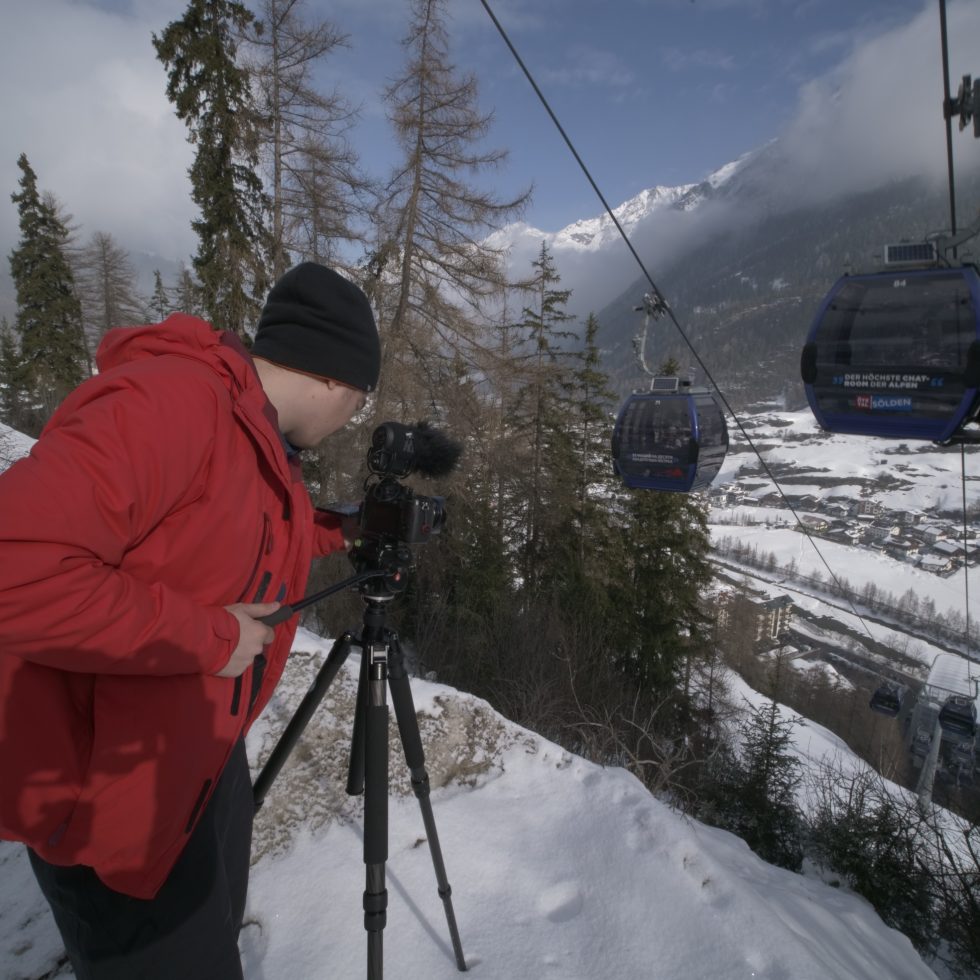
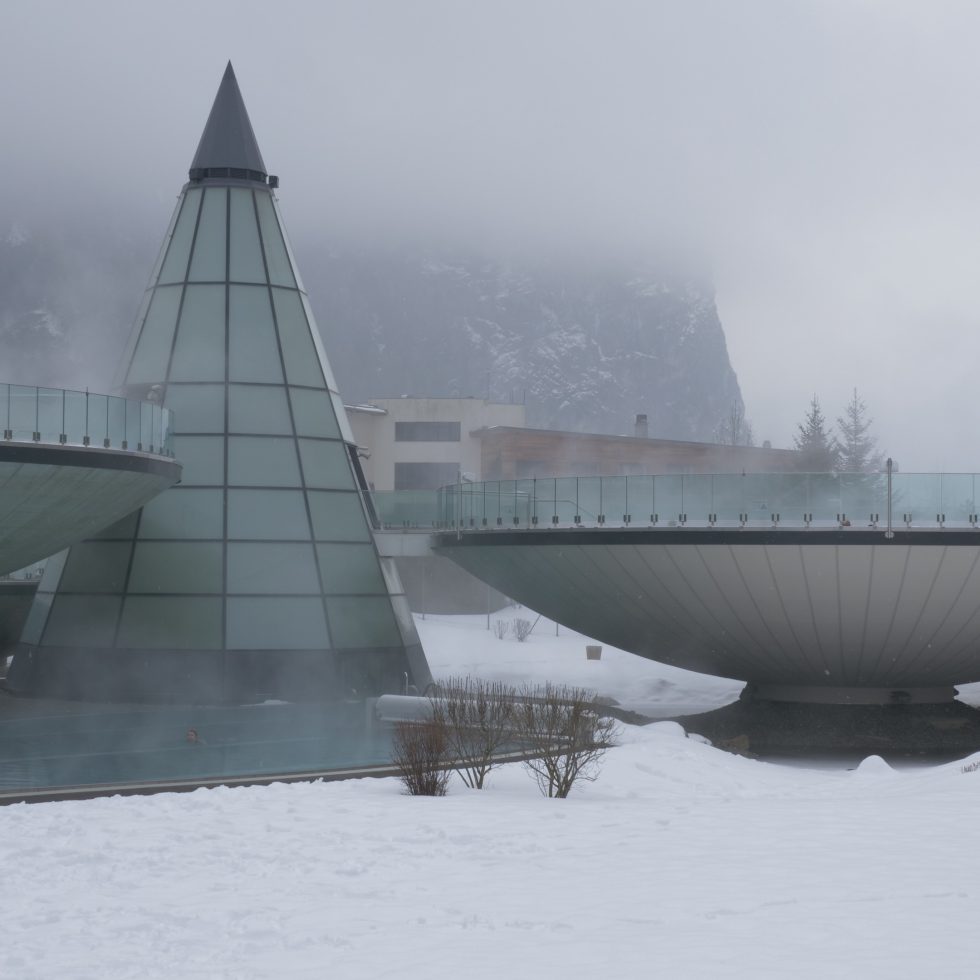
Gimbal vs. Glidecam
Make sure you know which shots you need for your projects. Is it more of a run & gun shoot and do you have to film sports and will your equipment get wet from the snow? Then use a glidecam. Are you shooting a commercial style video, will you need steady controlled portrait shots, or shots that are filmed from a low angle? Then I suggest you shoot with a gimbal. It really always depends on the setting, wind situation, kind of shot and how fast you need to be. I ended up using both a gimbal and a glidecam on this music video shoot I had in Sölden.
here are some example situations where I would use which stabilizer:
windy setting
setting with limited charging options
cold setting
run & gun in the snow
tight schedule
steady tracking shots
low angle shots
parallax shot telephoto (50mm and above)
sport shots with running
organic following shots
precise and leveled following shots
long controlled shots
short organic shots
Glidecam
✓
✓
✓
✓
✓
✓
✓
Gimbal
✓
✓
✓
✓
✓
✓
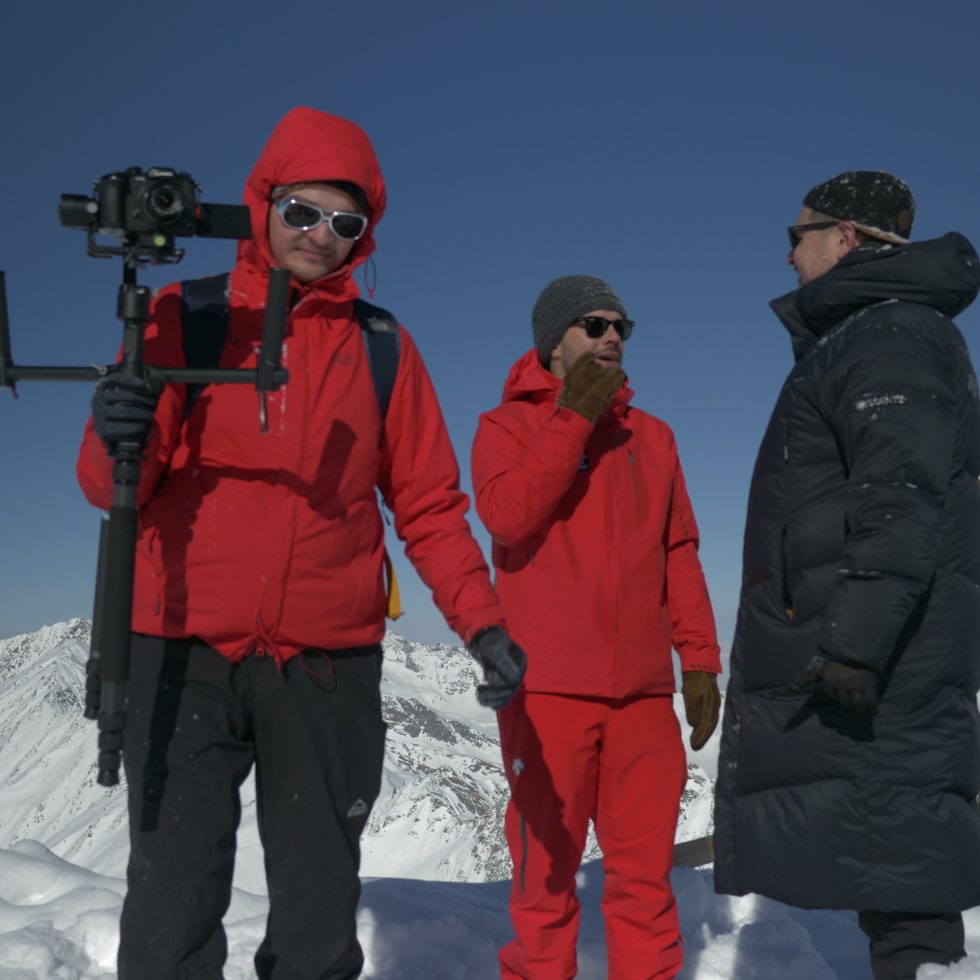
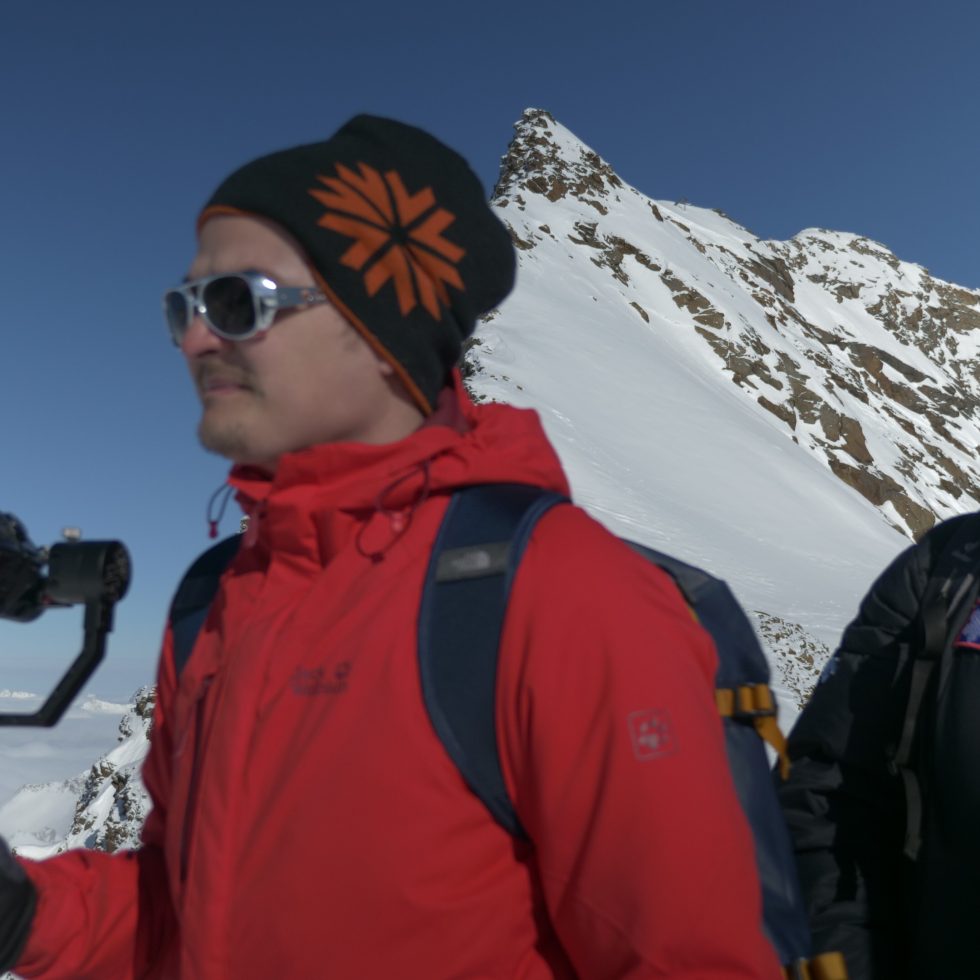

Batteries
Original batteries last the longest. I know they are quite pricy, but it’s totally worth it especially if you have a shoot out in the snow. Always keep your batteries near your body. I keep it in the breast pocket of my sweater for example. My jacket protects it from the wind and the cold. The original batteries of the panasonic GH series last very long. In the cold weather, i only need 2 original batteries for a whole day shoot (GH5 has IBIS and takes up more power than the GH4 and GH3). If the shoot was longer than 8 hours, I need a third one. But it’s nothing compared to the amount of batteries you need for the sony alpha series cameras.
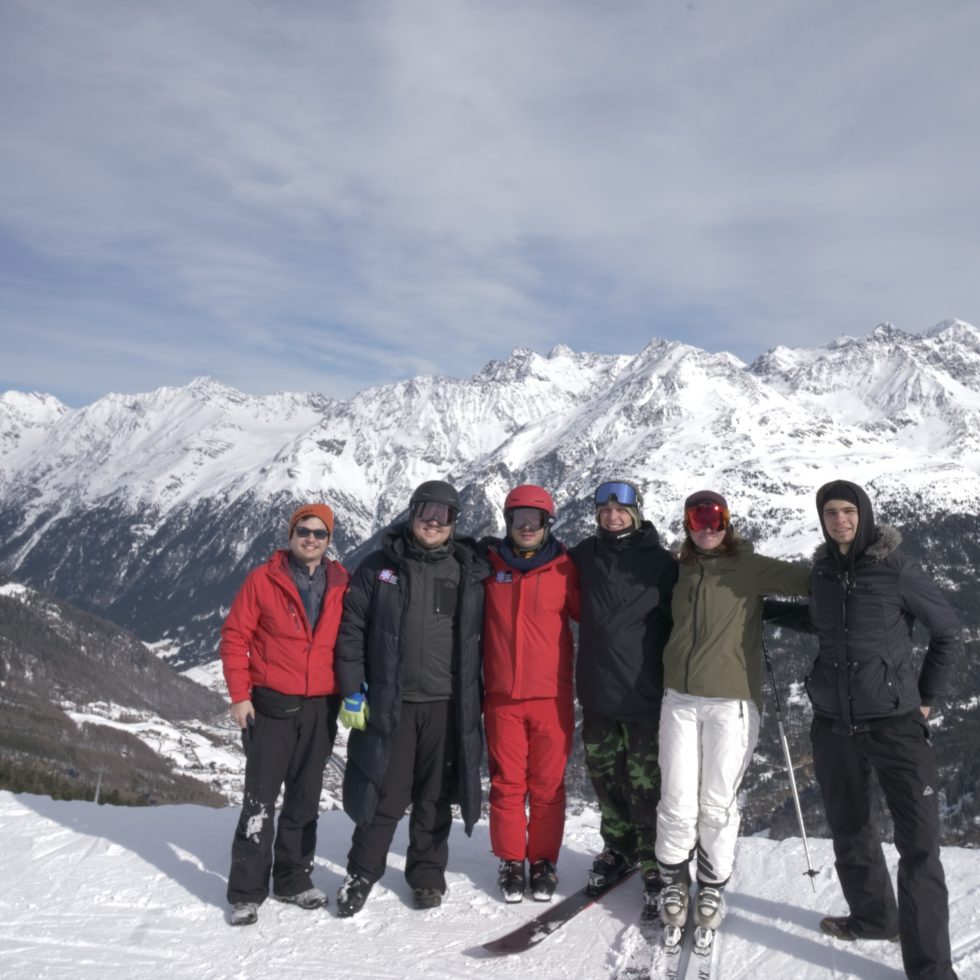
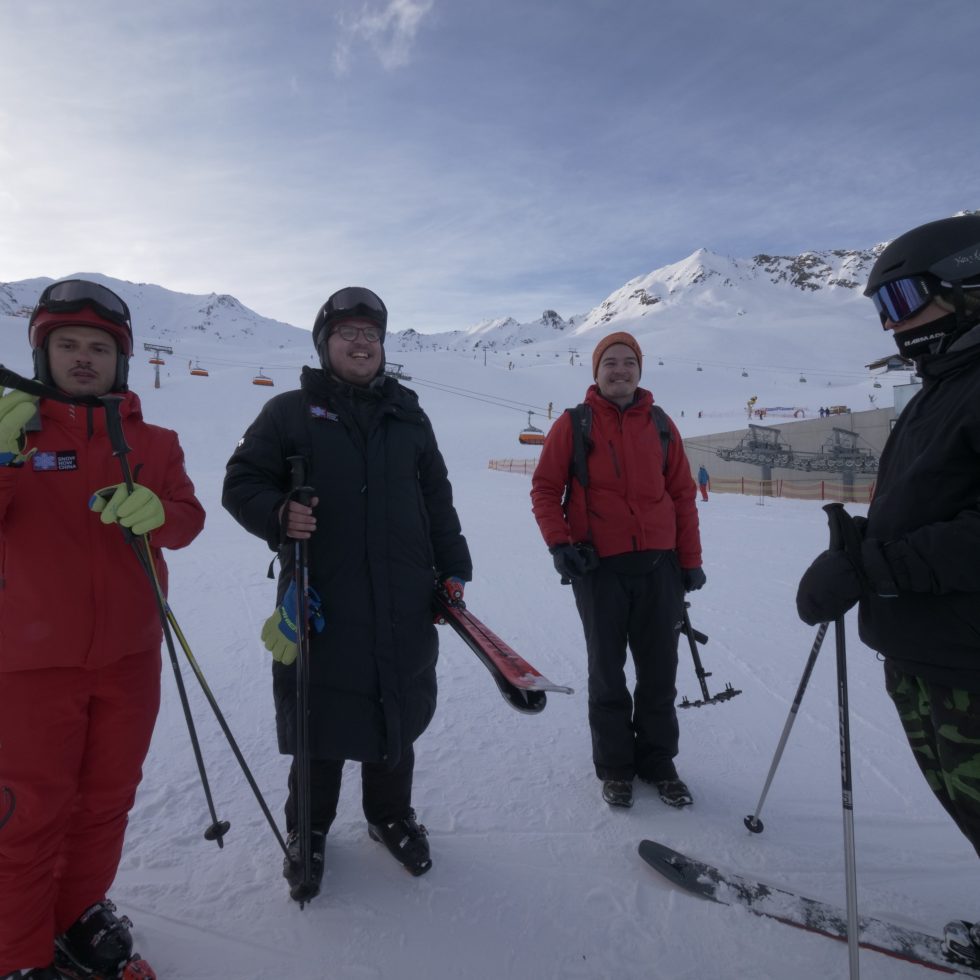

Stay Warm
Obviously you want to stay warm but still flexible when shooting in snow. Down jackets are perfect, because they are light and warm. layering clothes is very good except for your feet. I got the tip from professional skiers, that wearing multiple socks will actually make your feet cold due to the moisture forming in between the socks. They also tend to fold in each other so that it’s quite uncomfortable for your feet. Just go with some good snow socks out of merino wool, so they don’t start to smell. Don’t underestimate a hardshell water proof pants and some long underwear. You’ll thank your body afterwards.
At the end of the shooting day, make sure you eat well, take a hot bath and regenerate for the next day to come. Try to not get sick and stay fit for the next shooting day.
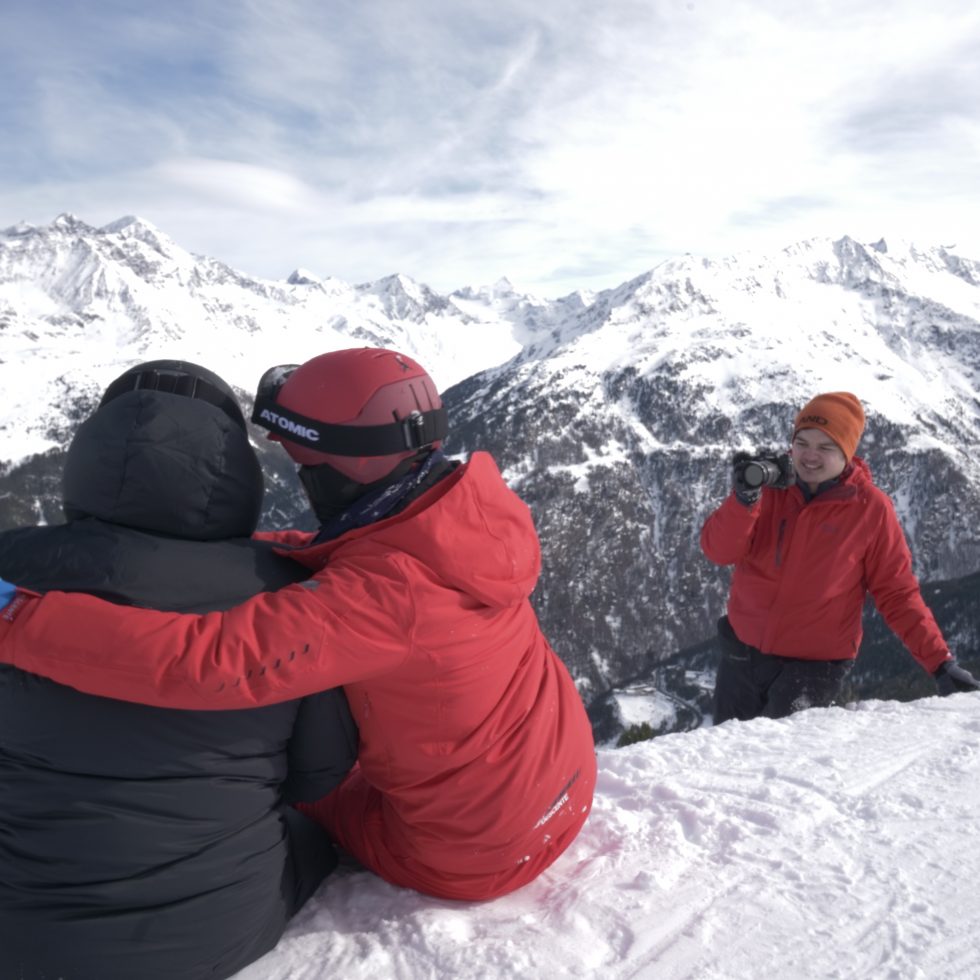

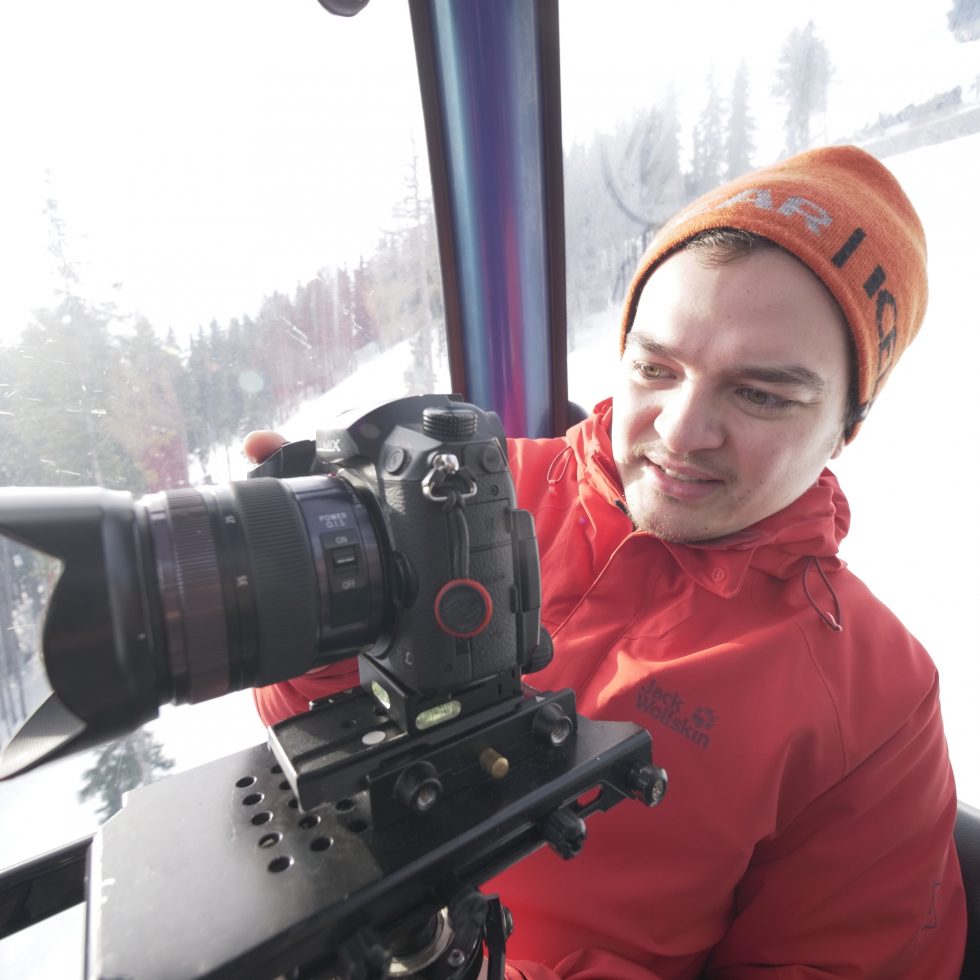
Stay Positive
Keep up the good mood! The people around you need to do great work and are not doing them a favor if you show that you are in a bad mood. Just stay positive, be professional, have the ability to improvise and if something doesn’t work out, it usually isn’t as bad as you think. At the end, the overall memories of the project are the most important and you want them to be positive right?
